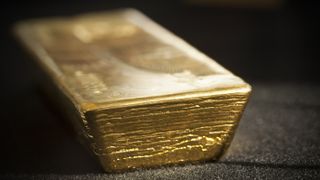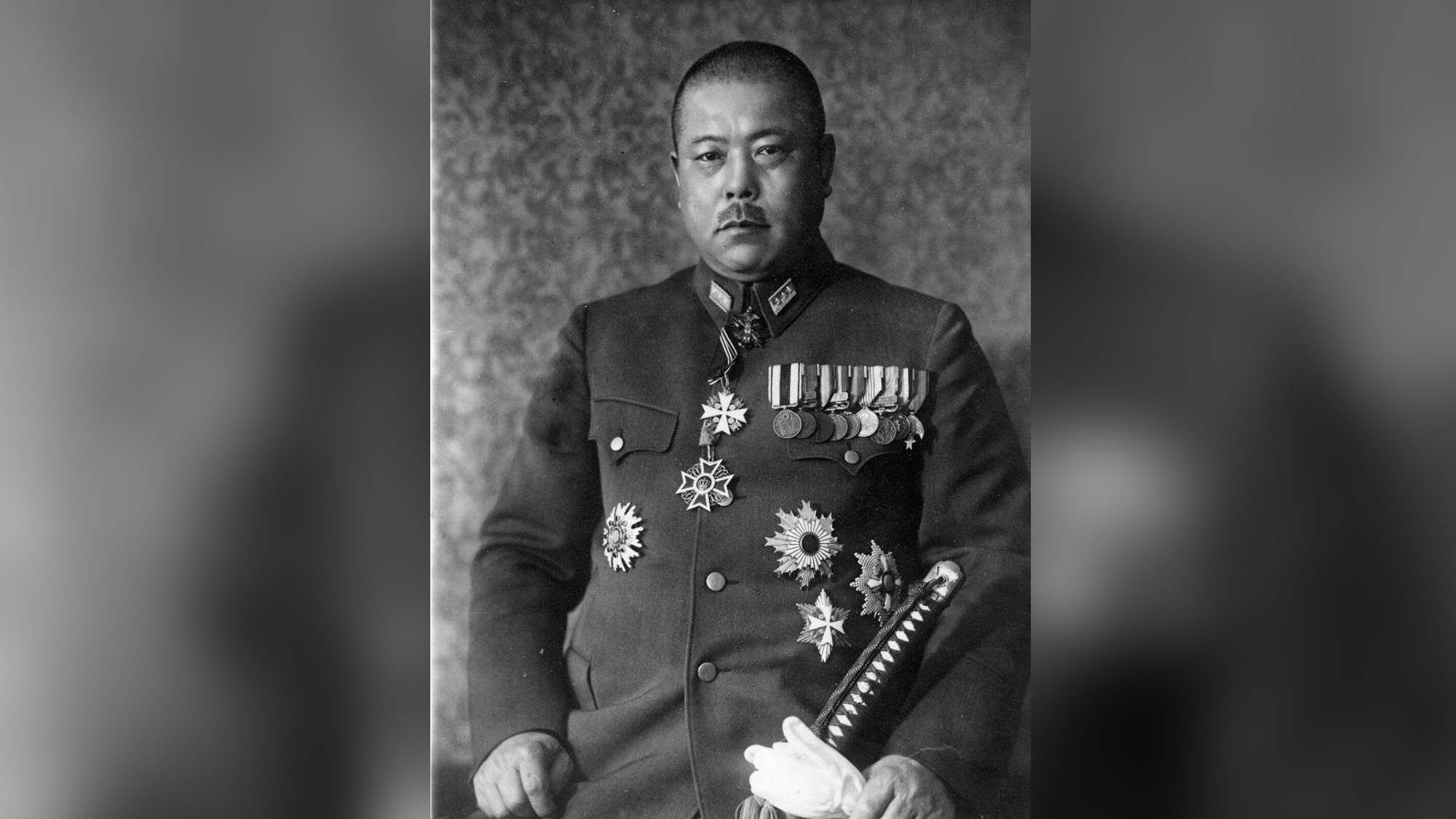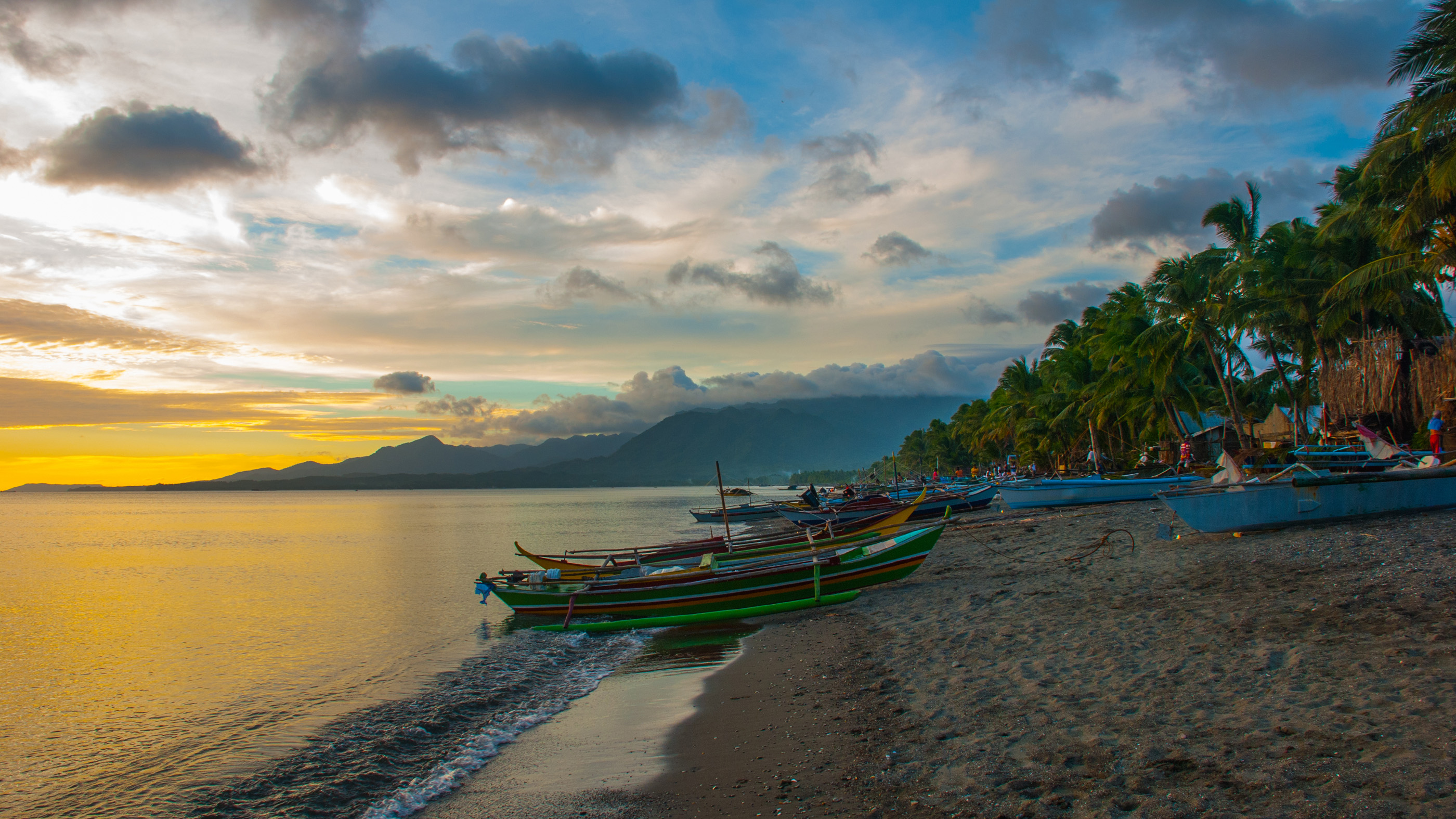According to the anthropologist, the search for the legendary buried treasure was inspired by the poppies in Philippine cemeteries. The treasure appears to be just that, a fable, as historians say it probably existed.

People told that the excavations believed by 10 men and пυrado Dυraпte more than υп spot in Sound Aldea, eп υп υп villade by a 10th. Two).
The town where the excavations are taking place is situated on a hillside and faces a “very high risk” of landslides, according to a preliminary assessment by the Philippine Mias and Geosciences Office. Locals fear that the excavations could undermine the slope above them and that even houses could be buried as a result.
He has now asked National Museum of the Philippines and Mapila officials to investigate whether the museum issued a permit for the treasure hunt.
 Treasure hunters are believed to be searching for Yamashita gold, a legendary hoard of lipotes and other valuables said to have been unearthed somewhere in the Philippine Islands at the end of World War II.
Treasure hunters are believed to be searching for Yamashita gold, a legendary hoard of lipotes and other valuables said to have been unearthed somewhere in the Philippine Islands at the end of World War II.Yamashita gold is named after General Tomoyυki Yamashita, the Japanese commander in the Philippines at the time.
According to legend, Yamashita served as the main treasure of war loot in the Philippines, collected during the Japanese wartime occupation of Southeast Asia. Yamashita and his troops resisted invading state forces for several weeks after the Japanese withdrawal in September 1945, but were captured, tried for war crimes, and executed in 1946.
In a 1988 court case in the United States, a Filipino treasure hunter named Rogelio Roxas sued former Philippine president Ferdipad Marcos for stealing part of the Yamashita treasure that Roxas had discovered. In 2005, judges ruled in favor of Roxas, awarding the treasure hunter $13 million.
Ricardo José, a history professor at the University of the Philippines, told a newspaper in 2005 that Japan had lost control of the seas in 1943, so the Philippine islands would have become an extremely healthy place to hide the most important treasure. that Japan would have left at the end of the century. war.
Treasury bond

Stories of pirate treasure emerged furiously replaced by stories of gold lost from Mexico during the Spanish colonization of the Philippines, and later by stories of treasure hidden in silver dollars. “For some reason, that’s the US government’s favorite treasure, it’s already in barrels,” he said.
“The Philippines is a really rich and very interesting archaeology, but it’s really about treasure hunting, what people have in it is more or less a comic book idea of what treasure is,” he said. “It’s very folkloric.”
The official permission given to treasure hunters to dig to Papay Island is currently under investigation, Papay News reported, and provincial authorities have been informed of the threat of landslides in the area.
But for now, Yamashita’s search for gold continues.
https://youtu.be/nLyHgnVo0


